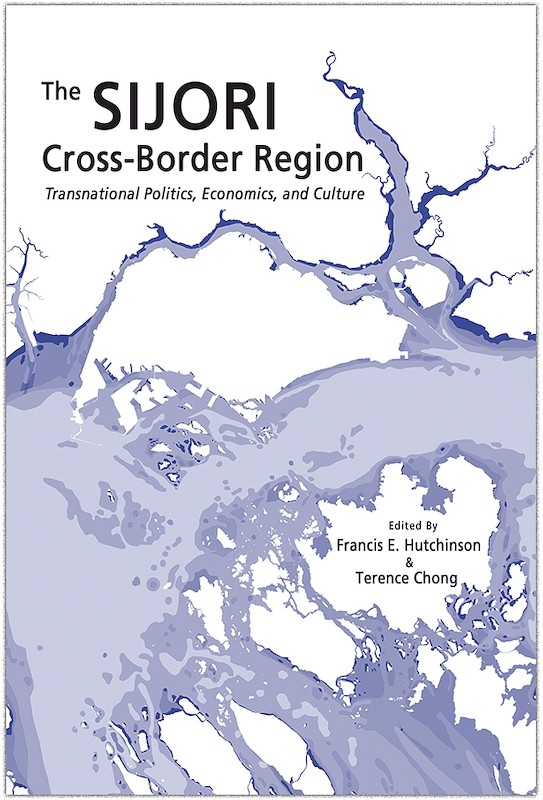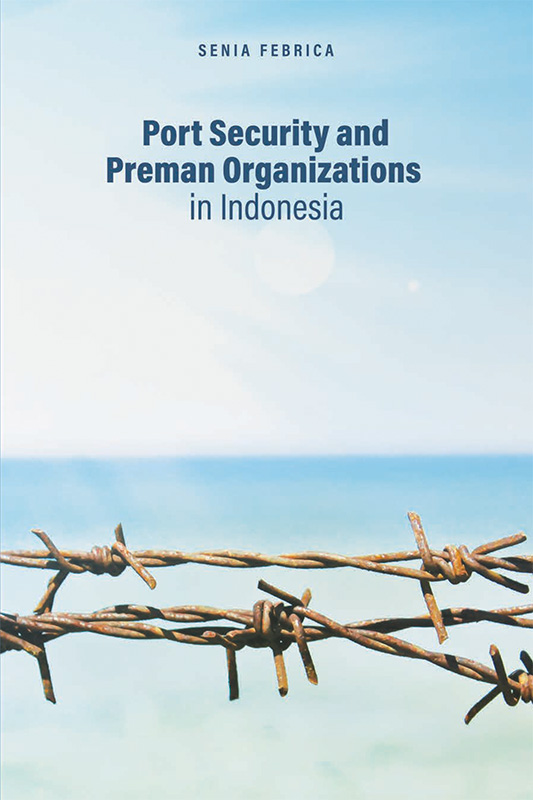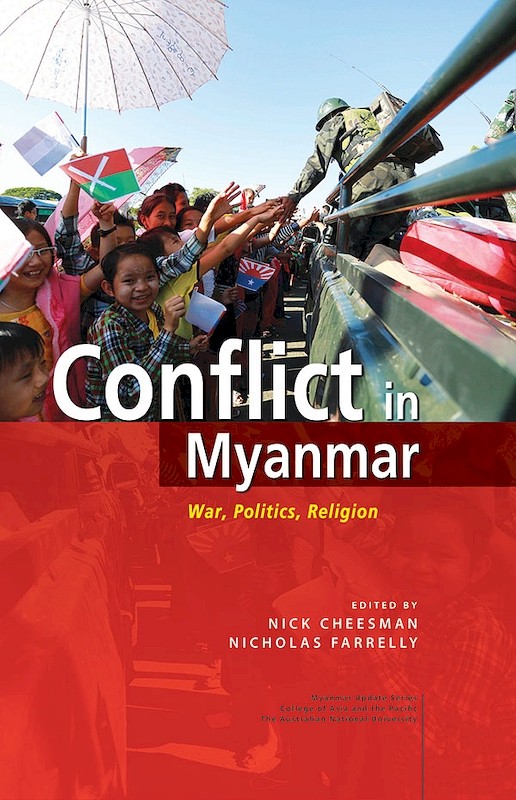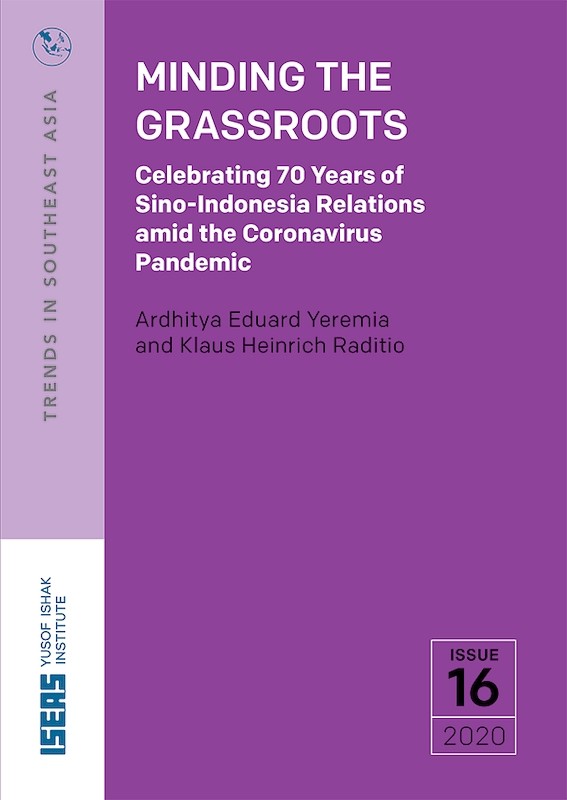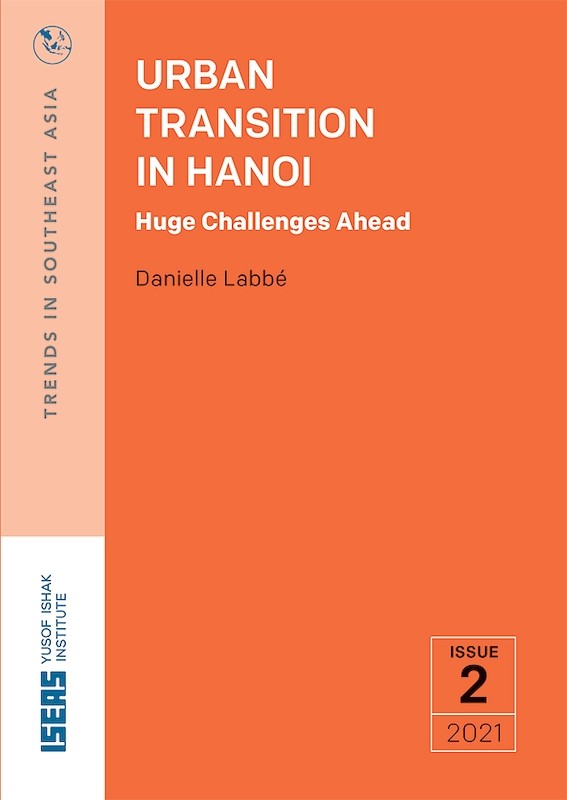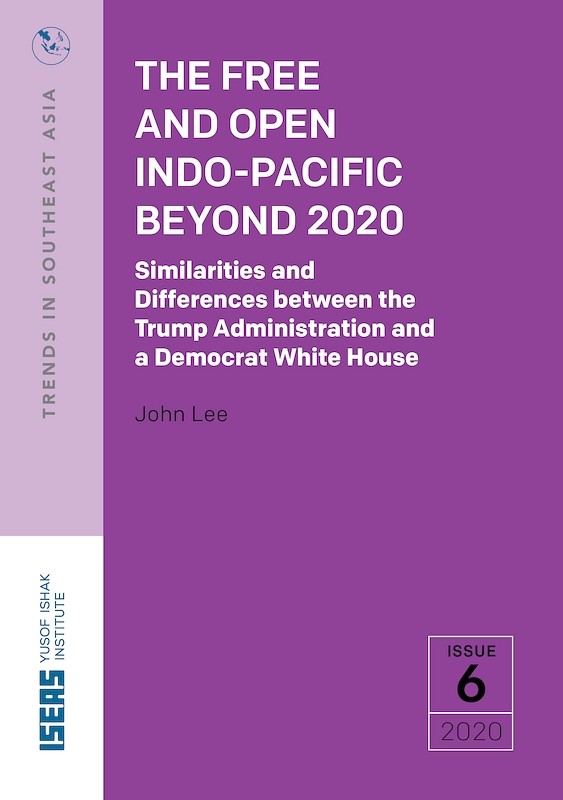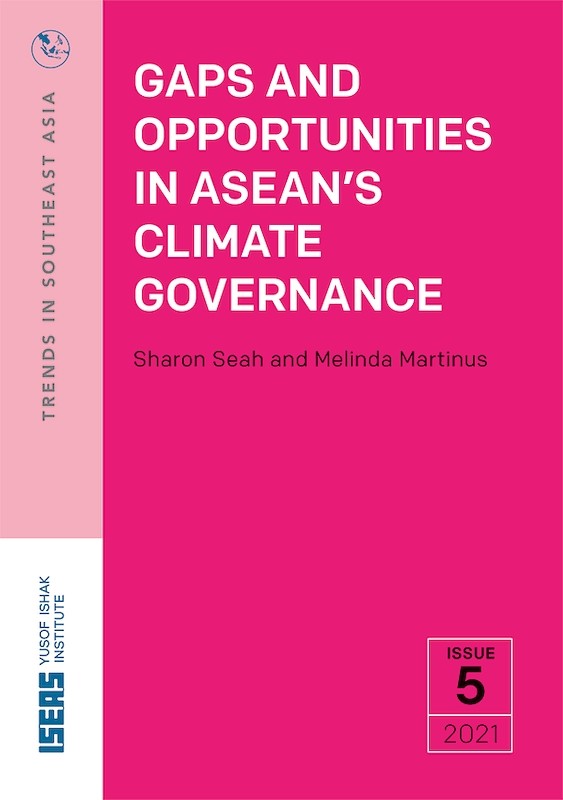Maddaremmeng A. Panennungi. Bulletin of Indonesian Economic Studies, Vol. 53, No.2, 2017.
"This book is based on comprehensive research on the Singapore-Johor-Riau (SIJORI) Cross-Border Region by 22 scholars, including economists, political scientists, anthropologists, sociologists, and architects. It contributes to the overall understanding of SIJORI's development, and the interactions between its members, since the economic region's establishment in 1989.
The idea behind SIJORI - later renamed the Indonesia-Malaysia-Singapore Growth Triangle - was that the production complementarities and proximity of its members could be used to boost the economic performance of the region rather than 'just' an economic growth triangle, because the interactions between Singapore (a cosmopolitan city state), Johor (a peninsular state of Malaysia), and Riau (now divided into Riau and the Riau islands, in Indonesia) allow for a deeper analysis.
The first of the book's four sections describes SIJORI's physical area, population, and economic development. .... Useful maps show key aspects of economic and demographic development.
The next section examines the policy and politics of SIJORI and the drivers of and constraints to its development, from the perspective of Singapore, Johor, and the Riau Islands. .... The book's third section explores the long-term relation between SIJORI and the social and cultural communities that shape it.
The final section is devoted to the formal and informal activities of SIJORI, such as the role of Changi regional cargo in transnational trade, the dynamics of the electronics industry in Johor and Batam, the economic and political challenges of port access between Johor and Singapore, the role of Chinese business networks in the regionalisation of fishing, and the problem of piracy in the Strait of Malacca.
This book contains important information about one of the most important growth triangles in the world, analyzing the economic, political, historical, social, cultural, and socio-psychological aspects of SIJORI."
James D. Sidaway, Asian-Pacific Economic Literature, 2017.
"Since an agreement was signed between Indonesia, Malaysia, and Singapore over a quarter a century ago, observers have been fascinated by the prospects for SIJORI. Envisaged as a triangle comprising Singapore, Johor (state of Malaysia), and Riau (island province of Indonesia), variously called SIJORI or the IMS Growth Triangle, or more suggestively by a journalist for Le Monde Diplomatique termed 'Singapore's Golden Triangle' (Revelli 2016), each vertex is held to have complementary attributes.
Most of these are cited in this valuable edited collection, which appears at a time when new configurations are emerging. .... This collection takes stock. One of its strengths is the diversity of perspectives it brings to bear. The 18 chapters involve 23 authors, including economists, planners, architects, demographers, anthropologists, geographers, sociologists, and political scientists. Many of the authors have years of research experience and/or policy roles in the region.
The collection is also greatly enriched by a set of maps, assembled by a project on Architecture of Territory: Singapore Metropolitan Region run by a team from ETH Zurich and the Future Cities Laboratory in Singapore. There is a useful account of the sources for these maps by the directors of the project (Milica Topalovic, Hans Hortig, and Karolone Kostka). Their wealth of experience and potential to enable other ways of seeing the region parallel a similar Border Ecologies (Bolchover and Hasdell 2017) project that has been developed in the Pearl River Delta.
Ng Keng Khoon. Singapore Journal of Tropical Geography, 2017.
"This edited volume of the multi-disciplinary studies of SIJORI Growth Triangle (Singapore – Malaysian province of Johor – Indonesian province of Riau) is a long-awaited publication. After 25 years of the formal creation of this collaborative region, this book project makes an endeavour to review the past trajectories of regionalism; more importantly, it responds to many old but other unexplored socio-historical dimensions. As depicted persuasively by the editors, the collection addresses a long overdue need to think 'outside of the triangle' (p. 14) – meaning to think beyond a rather predominant set of economic definitions and relations in studying the region.
Truly interdisciplinary, this book brings together many scholars, especially those of the younger generation, representing a wide range of backgrounds in the humanities and social sciences to rethink the operation of SIJORI CBR. They attend to the specificity of SIJORI through history, identity, community, demography, territory, policy, resource and infrastructure, to name but a few. The book as a whole advances the important challenge of breaking those formal and institutional ways of thinking, especially the implicit assumption that recognises SIJORI as a state-led collaboration with unified border regimes. The book's strength, then, is in examining the evolution of SIJORI, while forecasting the prospect of this border region.
Overall, I recommend this book as a significant contribution to the Southeast Asia, urban and regional studies, and as a foundational attempt to explore the socio-cultural dynamics of the SIJORI border region. As 'the territories themselves are evolving constantly, generating new possibilities for interaction and limiting others' (p. 461), I hope that the legacy of this book does not end with this one-off publication, as I look forward to seeing a forthcoming book edition, and learning about both the predictable and unpredictable future of SIJORI CBR."
Victor T. King. ASEASUK News, No. 60, Autumn 2016, p.28-32.
"This is a substantial volume of some 500 pages of text, with 22 detailed maps, 18 chapters and 22 contributors. A special feature inserted into each section of the book is the graphic device of a set of maps, based on the digital map data collection entitled 'Architecture of Territory: Singapore Metropolitan Region' assembled by researchers at ETH Zurich between 2011 and 2015 and held at the Future Cities Laboratory in Singapore.
The book is the first to be published in a series supported by the ISEAS – Yusof Ishak Institute under the umbrella of its 'Floating Frontiers' research programme which comprises three sub-projects focusing on maritime Southeast Asia and connections by sea rather than by land. The first sub-project, of which this volume is an initial contribution, examines maritime relations between Singapore, Malaysia, Thailand, Indonesia and the Philippines, the Growth Triangle of Singapore, Johor and Riau (SIJORI) and the Straits of Malacca; the second turns its lens on the Celebes and Sulu Seas, including relations between Sulawesi, Sabah and the southern Philippines; the third examines the area of the Andaman Sea and its coastlines. Brunei Darussalam appears not to have been included in this set of sub-projects. The architect of the programme, Ooi Kee Beng, Deputy Director of the Institute, has contributed a useful contextual Foreward to the volume.
.... The volume with its wealth of empirical detail and some interesting analytical work will undoubtedly serve as a major reference on SIJORI for some time to come. .... this volume makes a considerable contribution to our understanding of sub-regional projects, rich as it is in empirical detail. Its coherence is enhanced by the well written and argued editorial introduction and the concluding chapter by Francis Hutchinson which summarises the major issues explored in the several chapters, revisits the concept of a 'cross-border region', and identifies subjects for further research. Importantly it provides us with a focus and agenda that will encourage future research and help to develop our understanding of the substance, context, complexity and trajectory of sub-regional encounter and interaction."
Linda Low. The Business Times. 8 September 2016."While studying the Sijori region (comprising Singapore, Johor, and the Riau Islands) may seem like a simple task, this 18-chapter and 481-page tome is a feat for ISEAS – Yusof Ishak Institute. .... Focussing on these neighbouring territories from Singapore, Malaysia, and Indonesia, the SIJORI Cross-Border Region book seeks to understand what changes have been wrought by greater economic integration in these areas, and also posit how the region is likely to develop over the medium term given prevailing trends.
In order to structure the book, as well as equip readers with the necessary background knowledge, the introduction lays out the historical context of the Sijori region - formerly called a Growth Triangle - and also reviews prevailing theoretical work to identify a suitable framework to structure the analysis in the following chapters. .... What makes the SIJORI Cross-Border Region book somewhat different is its attempt to include borders as an important theoretical element in its analysis. Many of the other frameworks treat borders as friction that reduces economic efficiency.
While this book is an interdisciplinary effort, with inputs from a total of 22 social scientists, the distinct disciplines play a role across the different parts of the book. .... Accompanying the various chapters are 23 maps, exactly to the same scale and mirroring the content of the chapters. Thus, readers are able to relate the discussion on, for example, economic issues with a visual depiction of things like free trade zones, industry parks, and logistics networks spanning the three territories.
This is a large, complex book and is one that can be read on many levels. In the end, readers will find "treasure" in the wide range of topics. With a thoughtful future research agenda and this first publication, more surveys and forensics of empirical evidence, facts and figures will be most appreciated in forthcoming ISEAS book series. .... Overall, the book is a net contribution to the literature in general, and Sijori in particular, for a wide segments of readers. Policymakers, captains of industry and business alike will find issues that matter to them directly or even indirectly. .... The multi-disciplinary nature of the book is its main strength. This is why readers would do well to read the opening and concluding chapters as they serve as roadmaps with potential to spark some for future research especially in garnering more data and information for analysis and scenarios."
Twenty-five years ago, the governments of Singapore, Malaysia, and Indonesia agreed to jointly promote the city-state, the state of Johor in Malaysia, and the Riau Islands in Indonesia. Facilitated by common cultural references, a more distant shared history, and complementary attributes, interactions between the three territories developed quickly. Logistics networks have proliferated and production chains link firms based in one location with affiliates or transport facilities in the other territories. These cross-border links have enabled all three locations to develop their economies and enjoy rising standards of living.
Initially economic in nature, the interactions between Singapore, Johor, and the Riau Islands have multiplied and grown deeper. Today, people cross the borders to work, go to school, or avail of an increasing range of goods and services. New political, social, and cultural phenomena have developed. Policymakers in the various territories now need to reconcile economic imperatives and issues of identity and sovereignty. Enabled by their proximity and increasing opportunities, families have also begun to straddle borders, with resulting questions about citizenship and belonging.
Using the Cross-Border Region framework - which seeks to analyse these three territories as one entity simultaneously divided and bound together by its borders - this book brings together scholars from a range of disciplines. Its 18 chapters and more than 20 maps examine the interaction between Singapore, Johor, and the Riau Islands over the past quarter-century, and seek to shed light on how these territories could develop in the future.
